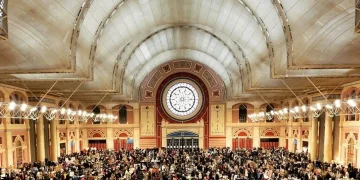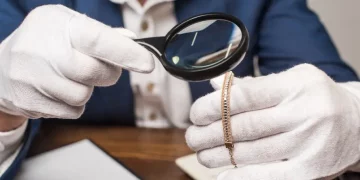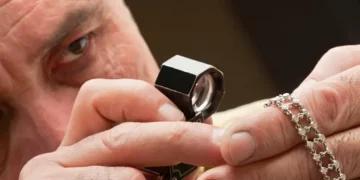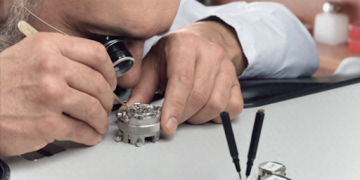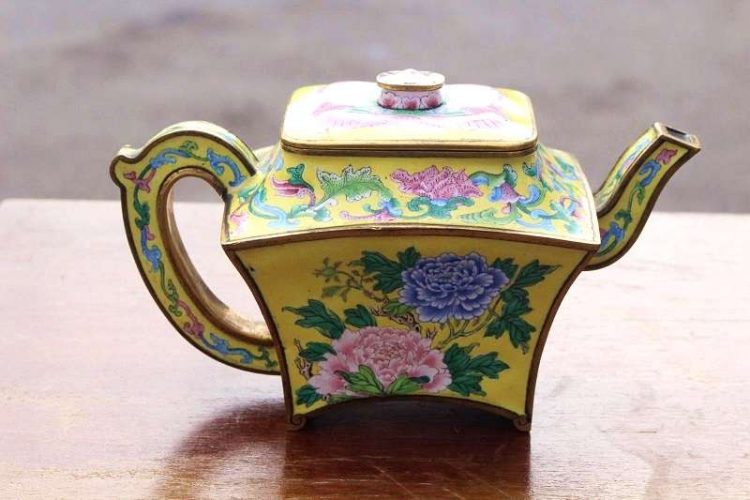Collecting antiques is a rewarding and enriching hobby, but it comes with the responsibility of preserving the items for future generations. The charm of an antique lies not only in its age and history but also in its craftsmanship and the materials used to create it. However, different materials require different care techniques. A single method of cleaning or maintaining your collection might not be suitable for all types of antiques.
In this comprehensive guide, we will explore the key differences in the maintenance of antiques based on their materials, and the essential techniques and tips that will help keep your valuable pieces in optimal condition.
1. Wood Antiques: Preserving the Integrity of Classic Craftsmanship
Wood is one of the most common materials in antiques, found in furniture, sculptures, and smaller decorative items. Whether it’s oak, mahogany, walnut, or other types of wood, preserving these items involves both protecting them from damage and preventing further aging effects such as cracking or warping.
Regular Dusting and Cleaning
Wood is particularly sensitive to moisture and heat, which can cause it to expand or contract, leading to cracks or warping. To avoid this, always dust wooden antiques with a soft, dry cloth, or a microfiber duster. Avoid using wet cloths or harsh chemicals on wood as they can damage the finish or warp the wood over time.
For a deeper clean, use a wood-specific cleaner that is gentle on the material. Products that are too harsh or contain ammonia can strip the finish, so always choose cleaners formulated for antiques.
Polishing and Waxing
To maintain the sheen and luster of wooden furniture, apply a light coat of wax every six months. This helps protect the wood and prevents it from drying out. Beeswax or carnauba wax is recommended for antique wood as it provides a subtle finish without over-glossing.
Polishing is another method to enhance the surface’s natural beauty. However, over-polishing can result in a sticky residue, so use sparingly and follow up with a soft cloth to buff the surface.
Avoid Direct Sunlight and Humidity
Wood is sensitive to environmental conditions, so it’s important to keep your wooden antiques in a climate-controlled room. Avoid placing items in direct sunlight, as this can fade the wood and damage the finish over time. Additionally, keep humidity levels low to prevent warping or mold formation.
2. Metal Antiques: Care for Brass, Copper, Silver, and Iron
Metal antiques, whether they are made from brass, copper, silver, or cast iron, require different approaches to preserve their beauty. Each type of metal has unique care requirements, so it’s essential to know the right techniques to avoid damaging or tarnishing them.
Brass and Copper
Brass and copper can develop a patina over time, which some collectors find charming, while others prefer to maintain their shine. If you choose to clean these metals, use a mild, non-abrasive polish designed for metals, or a DIY solution of vinegar and baking soda. Apply with a soft cloth to avoid scratches.
If the goal is to preserve the patina, avoid over-polishing and instead use a damp cloth to gently wipe away dust. For extra protection, consider applying a thin layer of clear lacquer to prevent further tarnishing.
Silver Antiques
Silver tarnishes when exposed to air and moisture, so silver antiques require regular care. To maintain their shine, clean them periodically with a specialized silver polish. For a gentler option, a soft cloth and a mixture of water with a small amount of mild dish soap can be used to remove grime.
Avoid using abrasive materials or harsh chemical cleaners that could scratch or dull the surface. When storing silver antiques, keep them in anti-tarnish pouches or cloths to protect them from the air.
Cast Iron and Wrought Iron
Cast iron antiques, such as skillets or sculptures, are prone to rusting, so it’s essential to keep them dry and well-oiled. After cleaning cast iron, always coat it with a light layer of vegetable oil or mineral oil to create a protective layer that prevents rust.
Wrought iron antiques should also be kept dry and free of moisture. In some cases, you may want to use a rust inhibitor to maintain the piece’s structural integrity and appearance. For decorative wrought iron pieces, a gentle brush and a dusting with a dry cloth is often enough.
3. Ceramic and Porcelain Antiques: Preserving Fragile Beauty
Ceramic and porcelain antiques are some of the most delicate items in a collection. Their vulnerability to cracking, chipping, and discoloration means that special care must be taken to ensure their preservation.
Gentle Cleaning Techniques
For ceramic and porcelain antiques, avoid harsh chemicals, as they can cause the surface to become dull or discolored. Use a soft, damp cloth to gently wipe the item clean. If necessary, a mild dish soap solution can be used, but make sure to rinse the item thoroughly with water afterward to avoid soap residue.
To clean delicate painted details, such as the hand-painted designs on porcelain vases, use a soft, dry brush to remove dust. Be gentle and take care not to damage the painted surfaces.
Avoiding Chipping and Cracking
Ceramic and porcelain antiques are prone to chipping and cracking due to their brittle nature. To prevent damage, keep these items in a safe place, away from high-traffic areas or locations where they might be easily knocked over. Display them on sturdy shelves with adequate padding or use display cases with glass fronts for additional protection.
When handling ceramic and porcelain antiques, ensure your hands are clean and dry to avoid leaving oils or fingerprints on the surface. For valuable items, consider investing in custom-fitted cases that provide protection while allowing the piece to be viewed.
Temperature Considerations
Ceramic and porcelain antiques are particularly sensitive to temperature changes. Avoid placing them in areas where they might experience sudden shifts in temperature, such as near radiators, vents, or windows with direct sunlight. Extreme temperatures can cause cracking or other damage to the materials.
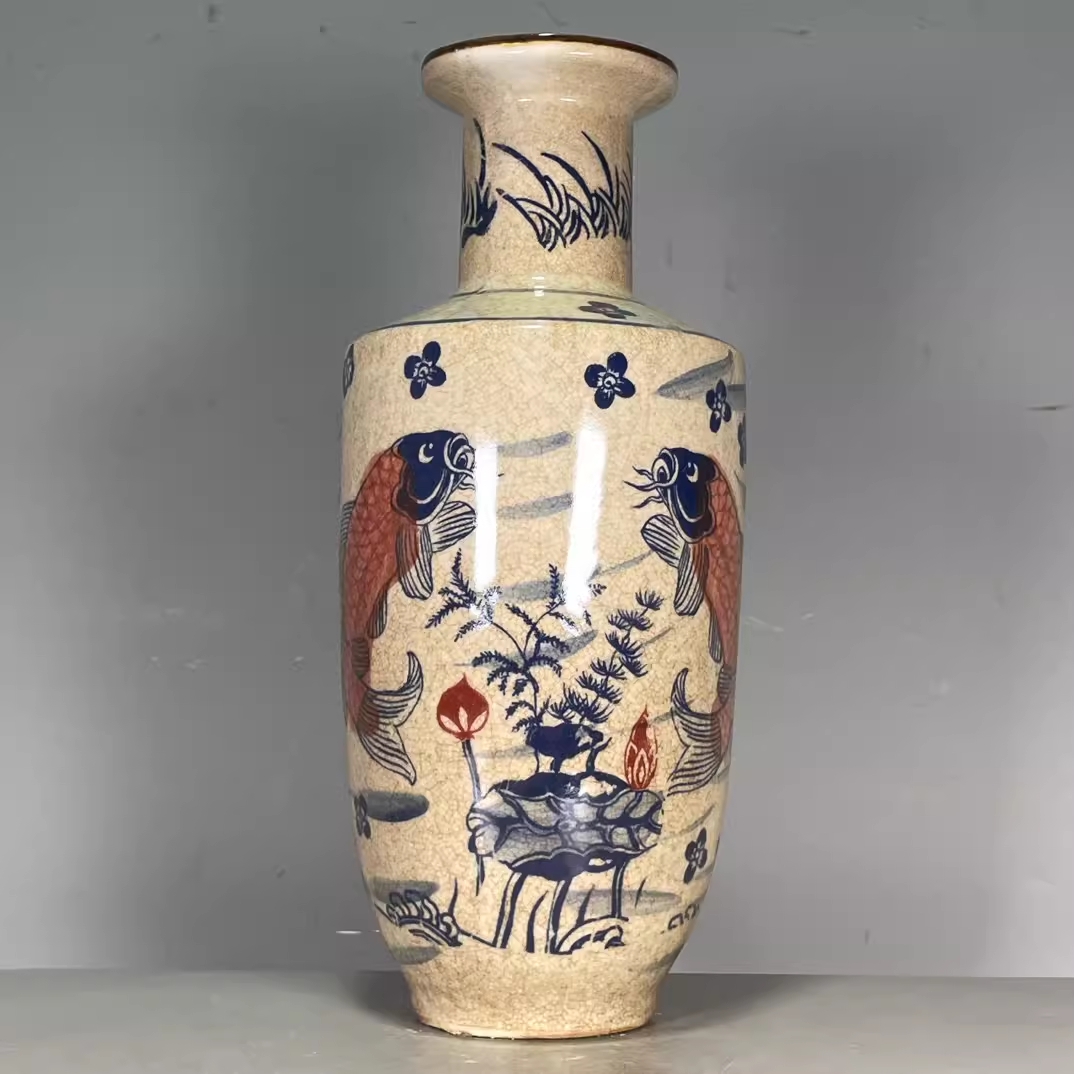
4. Textile Antiques: Caring for Fabrics and Embroideries
Antique textiles, such as tapestries, clothing, or embroidered linens, require a different approach to maintenance due to the delicate nature of the fabrics and the potential for degradation over time.
Gentle Washing and Preservation
For fabric-based antiques, handwashing is often recommended over machine washing to prevent damage to the fibers. Use cool water and mild, non-detergent soap to clean the textiles. Avoid wringing the fabric, as this can cause stretching or tearing. Instead, gently blot the fabric with a clean towel to remove excess water, and then lay it flat to dry in a shaded area.
For delicate embroidery or intricate textile designs, consider using acid-free tissue paper to support the fabric when cleaning, or consulting a professional conservator who specializes in textile preservation.
Storage Tips
Textile antiques should be stored in a cool, dry environment away from direct sunlight to prevent fading. To preserve the fabrics, store them in acid-free boxes or wrap them in acid-free tissue paper. Avoid hanging textile antiques, as this can cause the fabric to stretch and distort over time. Instead, fold them carefully, ensuring that the folds are not too tight, and rotate the pieces occasionally to prevent creases from forming.
For textiles that are displayed, such as tapestries or quilts, use UV-protective glass and keep the item away from direct sunlight. This will help to prevent fading and further degradation of the fabric.
5. Leather Antiques: Preserving the Beauty of a Timeless Material
Leather is another popular material for antique furniture, books, and accessories. Whether it’s an old leather-bound book, an antique chair, or a vintage suitcase, leather requires regular care to maintain its flexibility, color, and durability.
Cleaning and Conditioning
Leather antiques can become dry and brittle over time, so it’s important to clean and condition them regularly. Use a damp cloth to remove dust and dirt, and apply a leather conditioner to prevent the material from cracking. Look for a conditioner that is specifically designed for antique leather, as it will help restore moisture without damaging the material.
For leather furniture or accessories, consider using a specialized leather cleaner that helps maintain the leather’s natural oils while gently cleaning the surface. Avoid using harsh chemicals, as these can cause the leather to lose its suppleness and color.
Protecting from Sunlight and Humidity
Leather antiques should not be exposed to direct sunlight for extended periods, as this can cause the material to fade and crack. Additionally, leather is sensitive to humidity and extreme temperatures. Keep leather items in a climate-controlled environment, away from heat sources and damp areas.
Conclusion: Preserving Antiques for Future Generations
Caring for antiques requires an understanding of the materials involved and how they react to different environmental conditions. Whether it’s wood, metal, porcelain, textiles, or leather, each material demands its own set of preservation techniques. By following these maintenance tips, you can protect and extend the life of your valuable antiques, ensuring that their beauty and history are preserved for future generations to enjoy.













